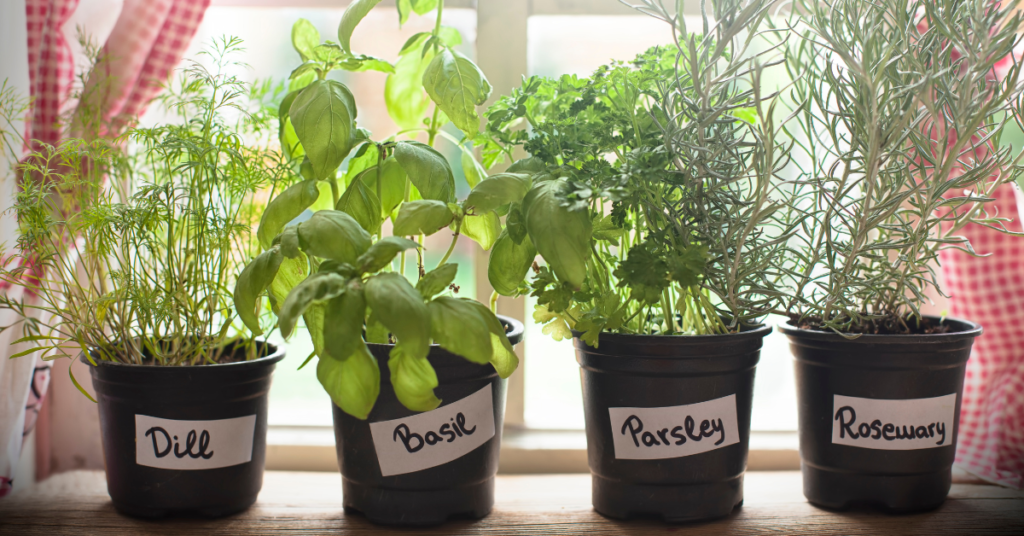
Growing your own herbs at home is one of the simplest, most satisfying ways to bring fresh flavors to your cooking. Whether you’re sprucing up your windowsill or transforming a small garden space, herbs are perfect for both beginners and seasoned gardeners alike. Plus, they’re incredibly rewarding to grow and maintain.
Why Grow Your Own Herbs?
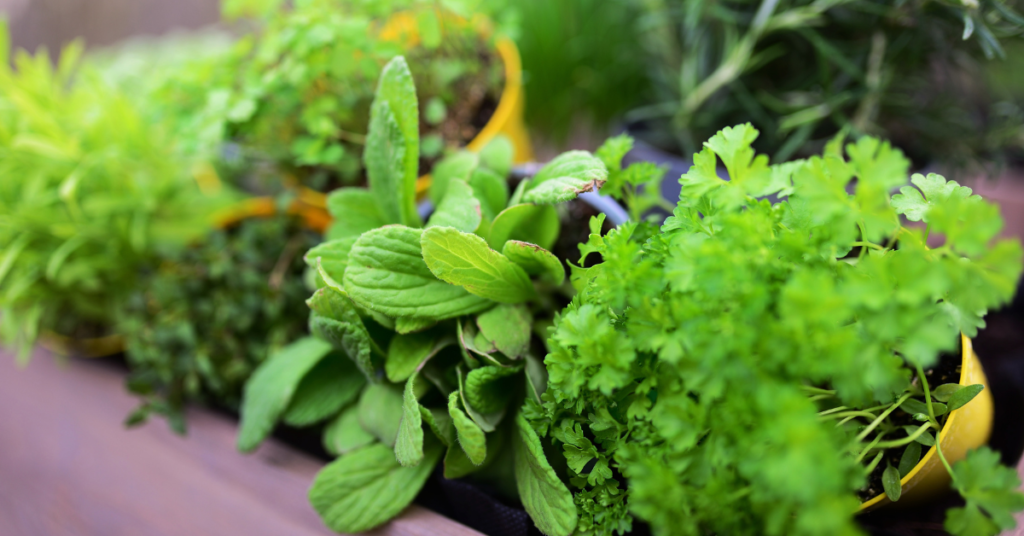
You may be wondering, “Why bother growing my own herbs when I can just grab them from the store?” Well, here are a few reasons:
Cost-Effective: Buying fresh herbs can get expensive, especially if you only need a sprig or two. Growing your own is a much cheaper—and more sustainable—alternative.
Freshness & Flavor: Fresh herbs can completely transform a dish. When you grow them yourself, you have constant access to the best, most flavorful ingredients.
Convenience: There’s no need for last-minute trips to the grocery store when you have a little herb garden right at home.
Health Benefits: Many herbs are packed with vitamins and minerals. Growing them at home means you can incorporate fresh, healthy ingredients into your meals with ease.
Where Should You Grow Your Herbs?

Outdoor Herb Gardens
If you’ve got a yard or even a balcony, herbs thrive in the outdoors where they can soak up plenty of sunlight. Most herbs need at least 6 hours of sun each day, so look for a spot in your garden or on your balcony that gets plenty of light.
If you’re planting multiple herbs, a raised garden bed or individual pots work really well. It’s easier to manage the herbs, and you can control the soil conditions for each plant.
Indoor Herb Gardens
No outdoor space? No problem! Herbs can also thrive indoors, making them a great option for apartment dwellers. A sunny windowsill is the perfect place to grow herbs, and many common herbs—like basil, parsley, and chives—do well indoors. The key is making sure your herbs get enough light. If you don’t have a lot of natural sunlight, consider using a grow light to help them flourish.
Picking the Right Herbs for Beginners
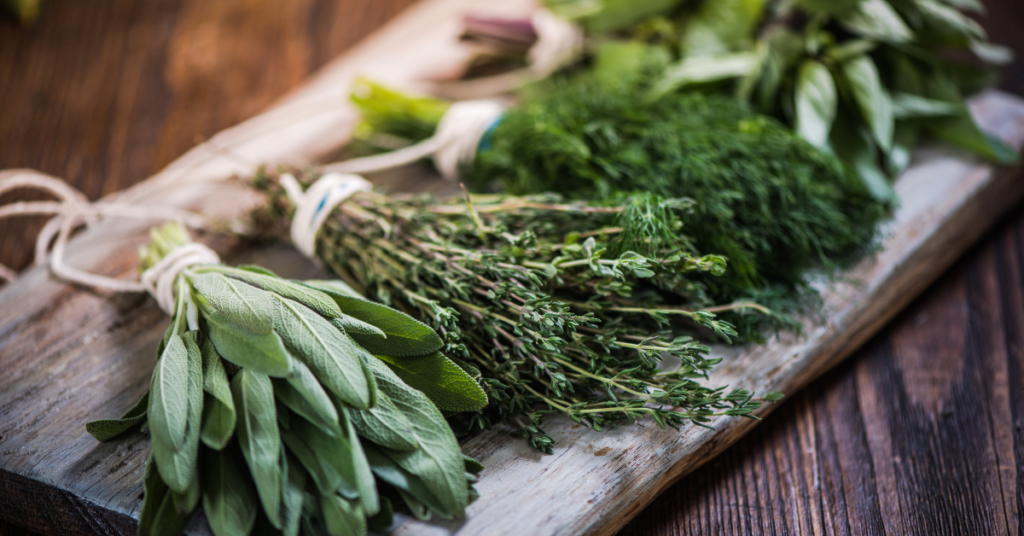
Some herbs are easier to grow than others, especially if you’re just getting started. Here are some of the best options for beginners:
- Basil: A versatile herb perfect for Italian dishes, pesto, and even cocktails.
- Mint: Fast-growing and hardy, mint thrives in most conditions and can be used for everything from tea to desserts.
- Parsley: This herb is a kitchen staple, adding flavor to soups, salads, and more.
- Thyme: With a little patience, thyme can grow into a sturdy, flavorful plant that’s perfect for savory dishes.
- Chives: These are low-maintenance and perfect for topping baked potatoes or mixing into scrambled eggs.
Starting Your Herb Garden
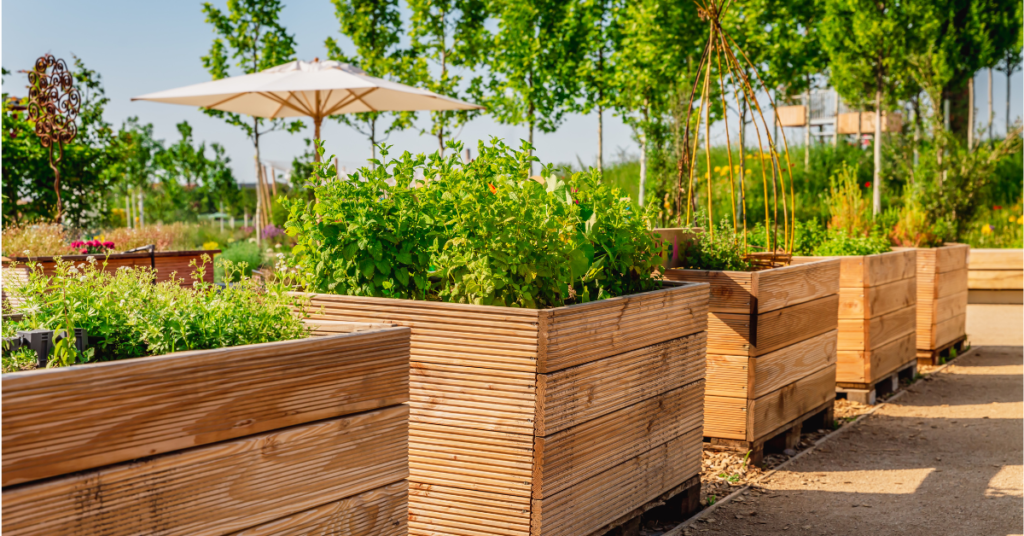
Ready to get your hands dirty? Here’s how to start your own herb garden:
1. Choose the Right Containers
The first step is selecting containers for your herbs. Whether you’re planting indoors or outdoors, you’ll need something with proper drainage to avoid waterlogged roots. If you’re growing herbs outdoors, consider raised beds or separate pots for each plant. For indoor gardening, small pots or window boxes work well.
Pro Tip: If you’re concerned about watering, look for self-watering planters. These are great for both indoors and outdoors and can help you keep your herbs hydrated without overwatering.
2. Pick the Right Soil
Herbs prefer well-draining, nutrient-rich soil. When potting herbs, choose a high-quality potting mix that’s specifically designed for herbs or vegetables. If you’re planting directly in the ground, adding some compost will give your plants the boost they need to grow strong and healthy.
3. Plant Your Herbs
Fill your containers with soil, leaving about an inch of space at the top. Plant your herbs according to the instructions on the seed packets or nursery tags. Most herbs need a little space to spread out, so avoid crowding them.
Pro Tip: If you’re growing multiple herbs in the same container, make sure to space them out. Basil, for example, needs more room than thyme, so give each herb enough space to grow without competition.
4. Watering Your Herbs
Watering your herbs correctly is key to their success. Herbs don’t like to be overwatered, but they also don’t like to dry out completely. A good rule of thumb is to water when the top inch of soil feels dry to the touch. Be sure to water deeply, so the water reaches the roots.
5. Caring for Your Herb Garden
Herbs don’t require a ton of maintenance, but a little attention will go a long way. Trim back any dead leaves or stems with pruning shears to encourage new growth. And don’t be shy about harvesting your herbs! The more you pick, the more they’ll grow.
Pro Tip: Don’t harvest too much from any single plant at once. Aim to leave enough leaves behind so it can continue growing.
Growing Herbs Indoors: Special Considerations
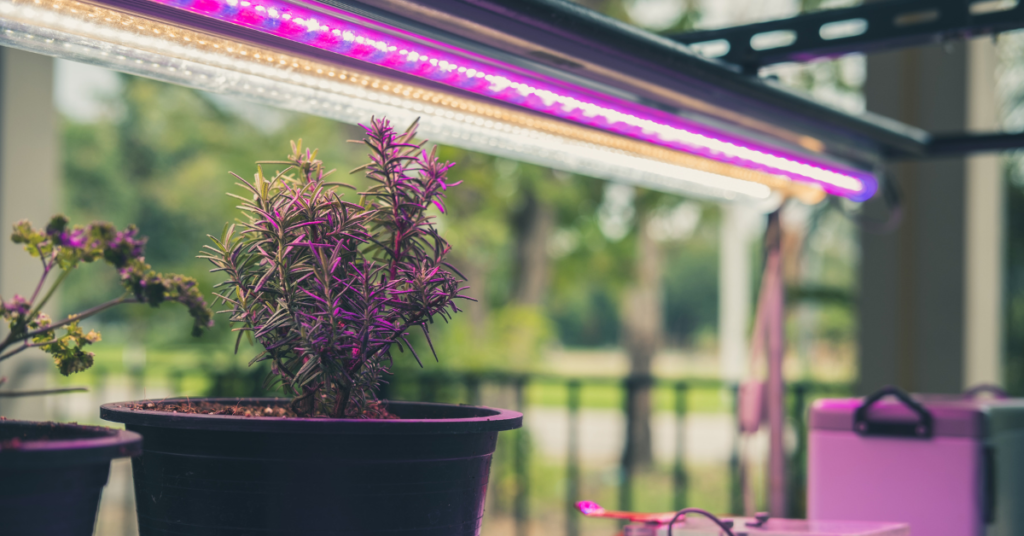
Indoor herbs can be a bit more sensitive to their environment. Make sure your plants get plenty of light—4-6 hours of indirect sunlight is ideal. If natural light is lacking, you can invest in a grow light to give them the boost they need.
Also, be mindful of the temperature and humidity. Most herbs prefer temperatures between 60-70°F (15-21°C). To keep the humidity up, you can place your herb pots on trays filled with pebbles and water.
Harvesting Your Herbs
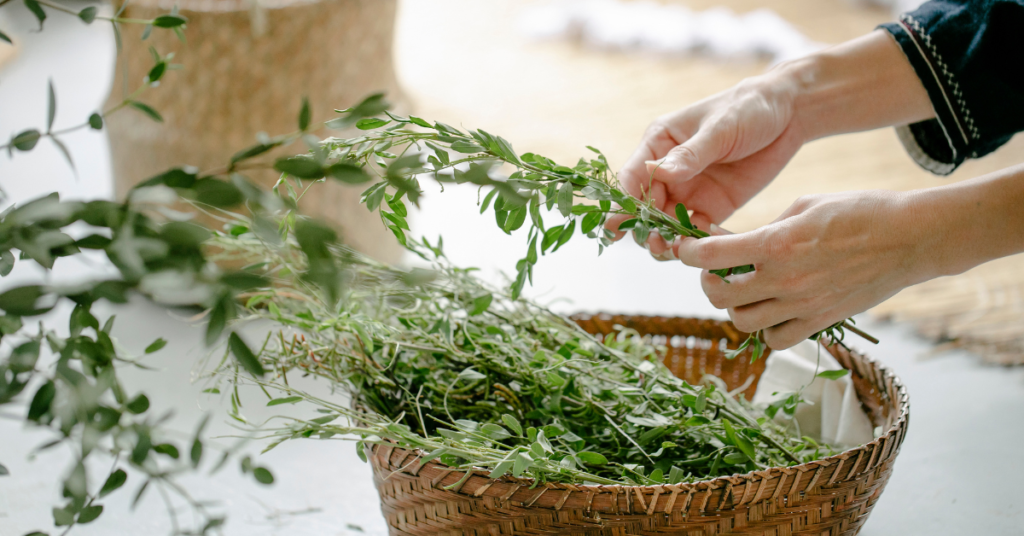
One of the best parts about growing your own herbs is the harvest! As your herbs start to grow, you’ll be able to snip off leaves as needed. Be sure to use clean, sharp scissors or pruning shears, and try to harvest in the morning when the oils in the herbs are most potent.
Harvest regularly to encourage new growth, but be sure to leave enough of the plant behind so it can continue producing fresh leaves.
Get Gardening!
Starting an herb garden at home is a fun and easy way to enjoy fresh, flavorful ingredients year-round. With just a little space, a bit of sunlight, and a few simple tools, you can grow everything from basil to mint. Whether you’re an apartment dweller or have a sprawling backyard, herbs are a great way to start gardening. By investing in a few quality items from Amazon, like herb garden kits, planters, and tools, you’ll be well on your way to a thriving herb garden in no time.
Happy gardening, and enjoy the delicious results of your hard work!
PS: Just so you know, some of the links on this blog are affiliate links, which means I may earn a small commission if you make a purchase (at no extra cost to you!). But don’t worry—every product or brand that I recommend is something I’ve personally used, loved, and genuinely believe in. I only share products that I trust and think will help make your gardening journey even more fabulous! 🌸
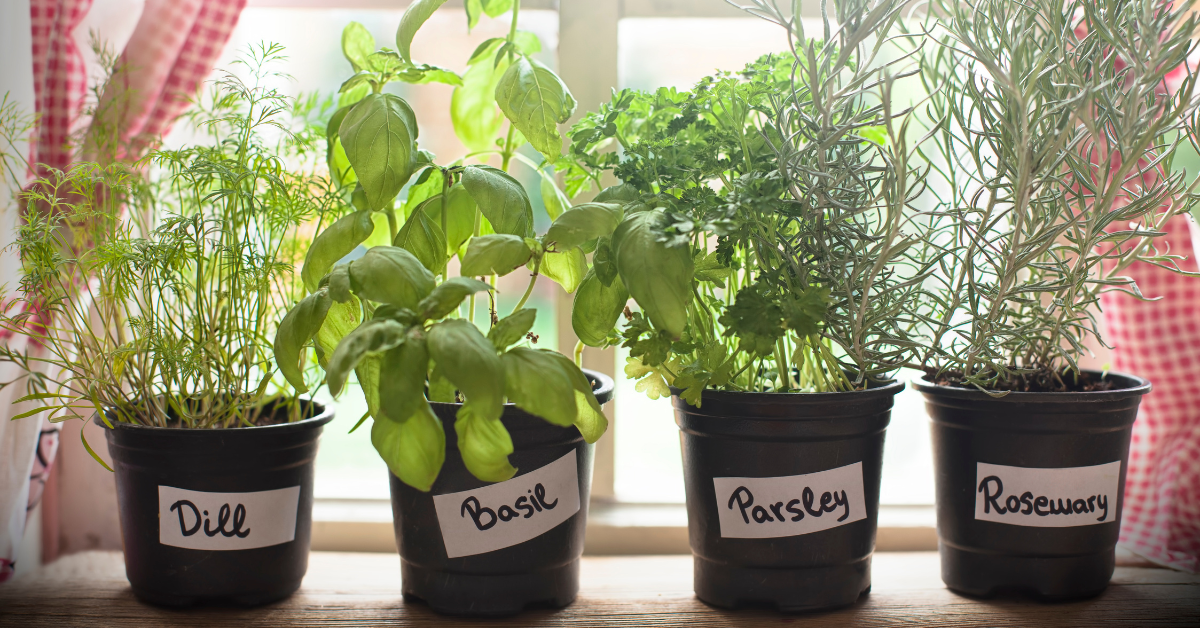
Leave a Reply